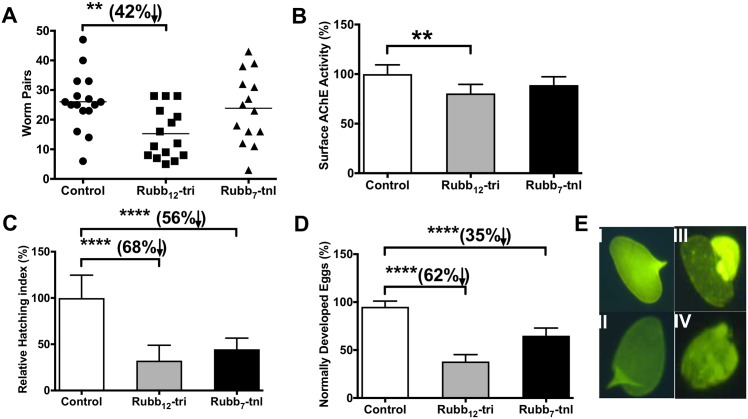Fig 8. In vivo effect of Rubb12-tri and Rubb7-tnl on S. mansoni-infected mice.
(A) Effect of Rubb12-tri and Rubb7-tnl on adult worm burden. Symbols represent data from individual mice and are the combination of two independent trials (trial 1 PBS control—n = 8 mice, trial 1 Rubb12-tri-treated—n = 8 mice, trial 1 Rubb7-tnl-treated—n = 6 mice, trial 2 PBS control—n = 7 mice, trial 2 Rubb12-tri-treated—n = 7 mice, trial 2 Rubb7-tnl-treated—n = 8 mice). (B) Surface AChE activity of worms recovered from control and treated mice. Data are the average of triplicate technical assays ± SE on extracts made from worms (five pairs) pooled from each group of each of the two trials. (C) Hatching viability of eggs obtained from the pooled livers of control and treated mice from trial 1 (PBS control—n = 8, Rubb12-tri-treated—n = 8, Rubb7-tnl-treated—n = 6). Data are the average of ten replicate counts ± SE of hatched miracidia. (D) Eggs were harvested from triplicate sets of worms (five pairs) from a pool of each group of trial 2 (PBS control—n = 7 mice, Rubb12-tri-treated—n = 7 mice, Rubb7-tnl-treated—n = 8 mice) after culturing the parasites for 24 h in Basch media and the percentage of mature, morphologically “normal” eggs released from worms recovered from control and treated mice was assessed. Data are the average counts ± SE of eggs released from triplicate sets (five pairs) of worms from trial 2. Differences were measured by ANOVA. *P ≤ 0.05, **P ≤ 0.01, ***P ≤ 0.001, **** P ≤ 0.0001. (E) Auto-fluorescence images (20×) of eggs released from worms recovered from (I and II) control and (III and IV) treated mice.

